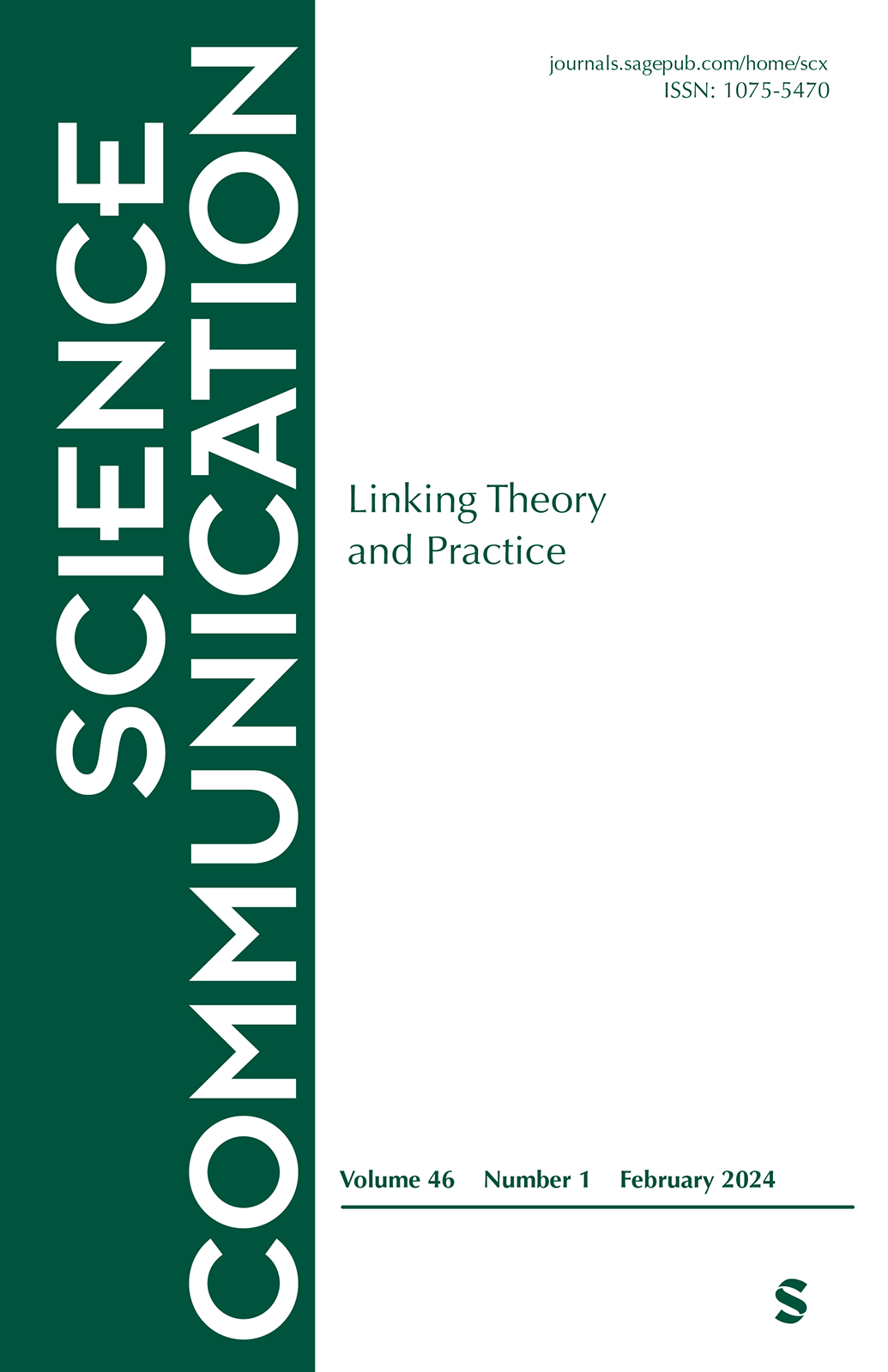Does Scientific Evidence Sell? Combining Manual and Automated Content Analysis to Investigate Scientists’ and Laypeople’s Evidence Practices on Social Media
IF 4.6
1区 文学
Q1 COMMUNICATION
引用次数: 0
Abstract
Examining the dissemination of evidence on social media, we analyzed the discourse around eight visible scientists in the context of COVID-19. Using manual ( N = 1,406) and automated coding ( N = 42,640) on an account-based tracked Twitter/X dataset capturing scientists’ activities and eliciting reactions over six 2-week periods, we found that visible scientists’ tweets included more scientific evidence. However, public reactions contained more anecdotal evidence. Findings indicate that evidence can be a message characteristic leading to greater tweet dissemination. Implications for scientists, including explicitly incorporating scientific evidence in their communication and examining evidence in science communication research, are discussed.科学证据好卖吗?结合人工和自动内容分析调查科学家和普通人在社交媒体上的证据实践
通过研究证据在社交媒体上的传播,我们分析了 COVID-19 背景下围绕八位知名科学家的讨论。通过对基于账户的跟踪 Twitter/X 数据集进行人工(N = 1,406)和自动编码(N = 42,640),捕捉科学家在六个两周期间的活动并引发反应,我们发现可见科学家的推文包含更多科学证据。然而,公众的反应却包含了更多的传闻证据。研究结果表明,证据可能是导致推文传播更广的信息特征。本文讨论了对科学家的启示,包括在传播中明确纳入科学证据以及在科学传播研究中研究证据。
本文章由计算机程序翻译,如有差异,请以英文原文为准。
求助全文
约1分钟内获得全文
求助全文
来源期刊

Science Communication
COMMUNICATION-
CiteScore
13.50
自引率
4.40%
发文量
19
期刊介绍:
Science Communication is a prestigious journal that focuses on communication research. It is recognized globally for publishing top-quality manuscripts that demonstrate excellent theoretical frameworks and robust methodology. Our journal embraces a broad definition of science, encompassing not only the natural and physical sciences but also social science, technology, environment, engineering, and health. Regardless of the scientific area, effective communication is always the focal point of our investigations.
Apart from theoretical and methodological rigor, we place great emphasis on the practical implications of scientific communication. Therefore, we expect all submitted manuscripts to address the real-world applications and significance of their research, alongside theoretical considerations.
In summary, Science Communication is an internationally renowned journal dedicated to bridging the gap between science and society. By promoting effective communication in various scientific domains, we strive to engage readers with intriguing research that has tangible implications for the world around us.
 求助内容:
求助内容: 应助结果提醒方式:
应助结果提醒方式:


